
|
|
|
|
|
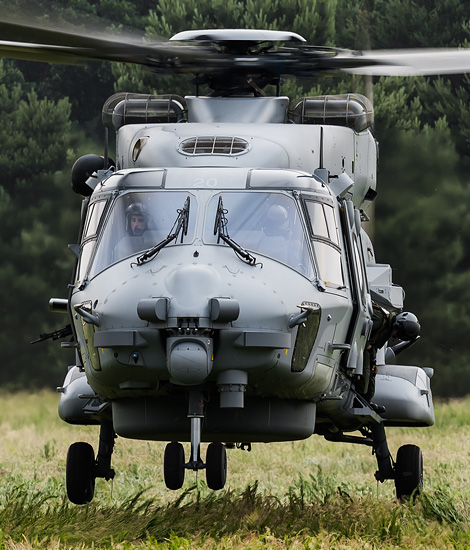
|
The Definition of Personnel Recovery; Gilze-Rijen, May 31, 2018
The APROC Course 2018, part 1; Text and Photograph's by Alex van Noye
At the Gilze-Rijen Air Base, the international course APROC 2018 took place from May 21 2018 until June 6 2018. The purpose of this course is to train and qualify helicopter pilots and extraction troops in Personnel Recovery. During this training course the crews will train in different areas in the Netherlands and Belgium.
The APROC (Air-centric Personnel Recovery Operatives Course) is a course where reasonably young pilots with no or less experience are qualified to save people from behind the enemy lines. The course takes place every year in another country. This year, the Netherlands is the host country of this training in which more than 20 helicopters and around 500 participants will participate. People who are stranded behind enemy lines for whatever reason need to be rescued and transported to a safe environment. The people who have to be rescued will see a helicopter landing where infantry will come out who then question them to check whether the person in question is also the right person. When people need medical care, they will receive this care immediately on the location. Then the person who is rescued will be taken into the helicopter to take him or her to a safe environment. This course is offered because the participants of the training must familiarize themselves with the existing procedures to be able to carry out these kinds of missions. This course is held every year to ensure that there are always enough teams in Europe which are able to perform these tasks. In recent years the need for these extraction teams has increased. The general public no longer accepts that people fall into the hands of enemies or kidnappers. In the past there have been numerous of examples where politics in different countries came under pressure because people could not be retrieved on time.
The course leader of the APROC is Lieutenant Colonel Bart Holewijn. Bart has been working for this organization since the establishment of the EPRC and has already acted as a course leader. Bart started his career with the Royal Netherlands Air Force in 1990. At the start of his career he was a pilot at the 299 Squadron where he was a pilot on the Bo-105 Bölkow. When the type was phased out, he would continue on the Allouette III. This did not happen, however, and eventually he ended up on the air force staff. Bart indicates that Apache pilot Major Blankenspoor "Wally" is the head of
|
|
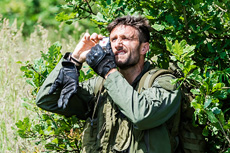
|
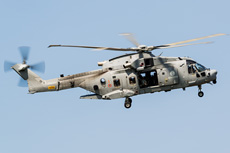
|
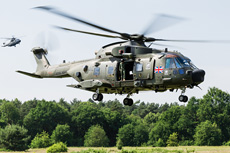
|
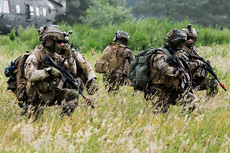
|
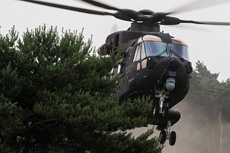
|
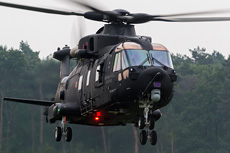
|
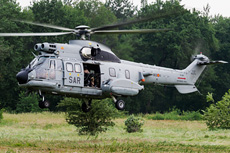
|
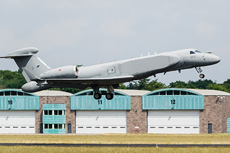
|
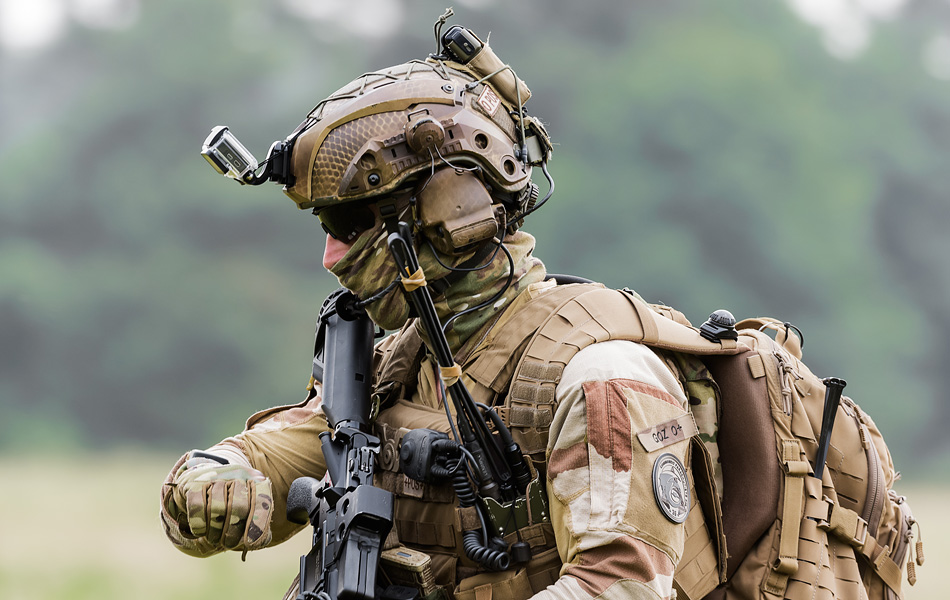
|
the crew training during the APROC. His colleague Major Emmens "Holy" is responsible for the integrated cell planning during the missions of the course. Bart provides a number of facts about the APROC missions. The training lasts from May 21, and will last until June 6. The training will count seven participating countries during this edition. These countries are the Netherlands, Spain, France, Italy, Great Britain, Sweden and Poland. The first two days of the course are theory days. The students will therefore take a seat in the school benches during these days. In total there are 18 helicopters and fighter planes participating during the training. During the APROC, 500 people are involved in the exercise, according to Holewijn. On May 25, the participants of the APROC first made a reconnaissance flight over the Netherlands to get to know the landing areas better. The actual APROC flight program finally started on Monday, May 28.
Holewijn first explains what Personnel Recovery (PR) means. He claims that everyone thinks they know what PR means, but he indicates that after his story everyone thinks differently about PR than they had originally thought. PR is provided in Europe by the European Personnel Recovery Center (EPRC), for which Bart Holewijn himself is also active. The EPRC is the organization that provides APROC training in the relevant host countries. The EPRC is based in Viterbo in Italy with its headquarters. On July 8, 2015, the EPRC was founded in Poggio Renatico in Italy, with the aim of improving European capacities in the field of PR. The EPRC is composed by staff from different branches of the seven participating countries; Belgium, Germany, France, Italy, the Netherlands, Spain and the United Kingdom. The EPRC contributes to the development of common PR procedures and the support of training and courses. Holewijn asks the question what is PR? He refers to the first paragraph of the PR policy of NATO. The definition of PR is to detain NATO personnel in an area which is hostile and can have a significant negative impact on operational security and the morale of ally troops and public support missions. The alliance has therefore drawn up the task of setting up a system which can retrieve military or civilian personnel who have become isolated. Whether it concerns high-level officers or the ordinary soldier, we have the moral duty to get our people back when they are isolated somewhere in the world, according to Holewijn. This is where the EPRC slogan "That Others May Live" stands for.
Personnel Recovery is the sum of all military, civil and diplomatic resources needed to recover personnel who have become isolated. Here all ideas can be suggested to execute these missions. Therefore it is really a process where one has to think and act "out of the box", according to Holewijn. The entire crew from pilots to loadmaster and the extraction crews themselves, have to work together in detail to make the missions a success. Bart also explains what an isolated situation is. He indicates that if you have no control over a situation yourself, then you are isolated according to the doctrines of NATO. For whatever reason, military or civilian personnel may be separated from their own group or unit. In this kind of situation one has to survive, stay out of the hands of an aggressor or even escape from the aggressor until help from the PR team arrives. Bart indicates that situations such as an airplane crash or a raft at sea are clear examples of isolated situations. These situations are very clear, but ultimately occur least. The least noticeable situations can be the most dangerous in practice. He also indicates that there are fewer obvious examples of such situations. Similarly, a broken car in the field or an accident with the car can produce an isolated situation. You can also be lost in a huge area. According to Holewijn, these are all situations where you cannot come out yourself, so you are isolated. Holewijn claims that everyone has been or will be isolated once in his life.
|
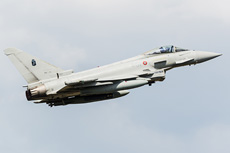
|
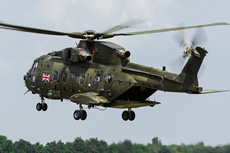
|
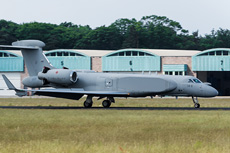
|
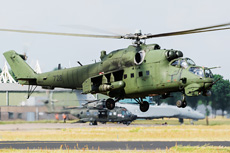
|
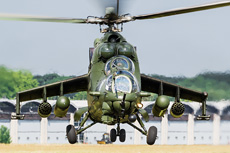
|
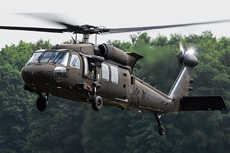
|
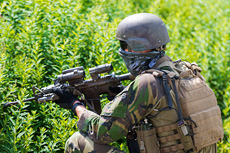
|
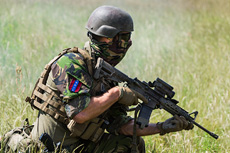
|
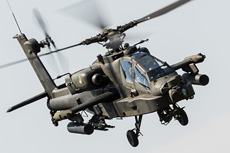
|
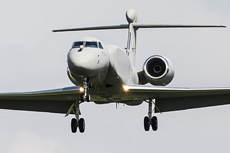
|

|
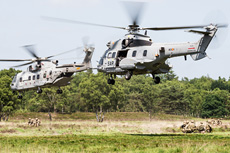
|
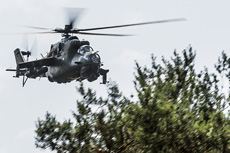
|
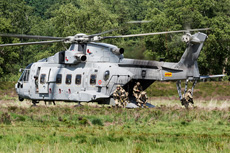
|
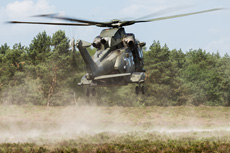
|
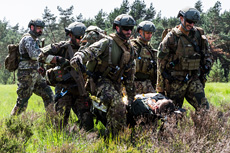
|
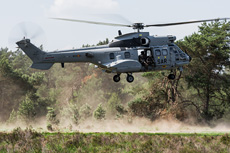
|
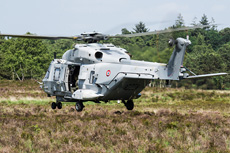
|
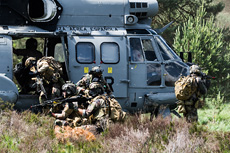
|
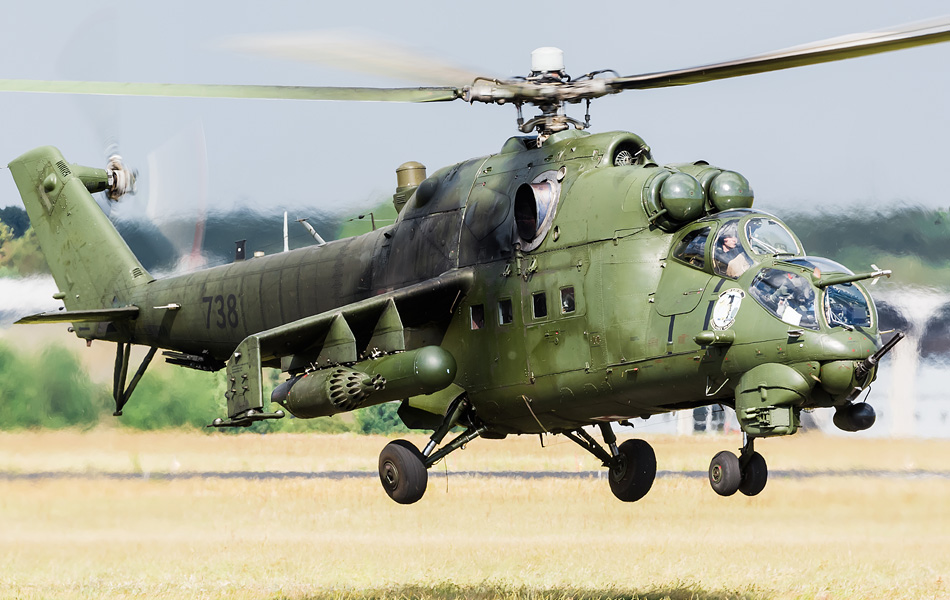
|
|
|

|







